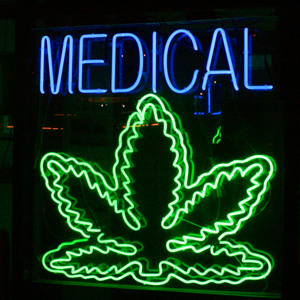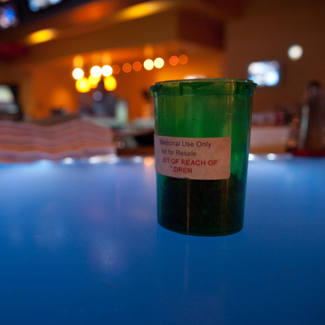
Medical marijuana laws have no effect on the likelihood a young person will smoke pot, according to a new report.
The study, published by the American Journal of Public Health and conducted by researchers at the University of Florida’s College of Medicine, culled data from the national Youth Risk Behavior Survey (YRBS) comparing the rates of marijuana use among young people living in Delaware, Michigan, Montana and Rhode Island. Researchers looked at whether exposure to medical marijuana laws increased a subject’s likelihood of engaging in marijuana use.
“We compared people who lived in states with active medical marijuana laws to people living in states that had not yet, but would eventually pass a medical marijuana law in the future,” lead researcher Dr. Sarah Landsman told Youth Today. “We wanted to know if living in a state with a medical marijuana law influenced the number of adolescents that used marijuana [and] we also wanted to know if adolescents who used marijuana might use it more frequently if they lived in a state with a medical marijuana law.”
However, over the course of the eight-year study, only two significant effects were detected, Landsman said.
Montana’s medical marijuana law took effect in 2004, Landsman said. If medical marijuana laws caused an increase in either adolescent marijuana use or the frequency of marijuana use, the number of young people in Montana who used marijuana should have increased. In fact, the opposite is true — marijuana use among youth decreased during the years of the study, 2003 to 2009. Further, Delaware, a state with a similar population to Montana that did not enact a medical marijuana law until 2011, consistently had a larger number of daily adolescent marijuana users than Montana over the course of the study.

“This is the exact opposite of what we would have expected if the medical marijuana laws were increasing teen recreational marijuana use, and it directly contradicts the other significant effect,” Landsman said.
The report said that in terms of self-reported prevalence or frequency there is no clear pattern demonstrating a link between medical marijuana law exposure and young people’s marijuana use.
“Previous studies have clearly demonstrated that adolescent marijuana use is associated with injuries, emergency room visits, justice system involvement, and mental health and academic problems,“ Landsman said. “Thus, it is heartening that this study provides some early evidence that medical marijuana laws, so far, do not appear to have increased the number of adolescent marijuana users or how frequently they use marijuana in the states studied.”
Photo credits, from the top: “Caveman Chuck” Coker / Flikr, Joseph Leonardo / Flikr.































